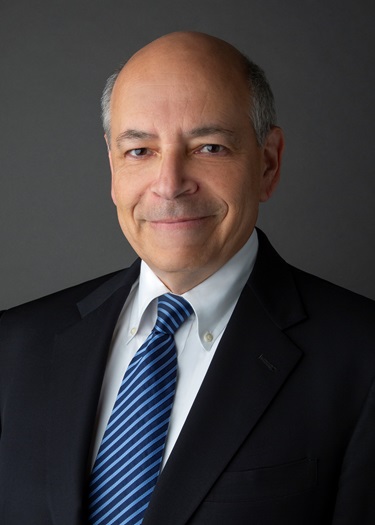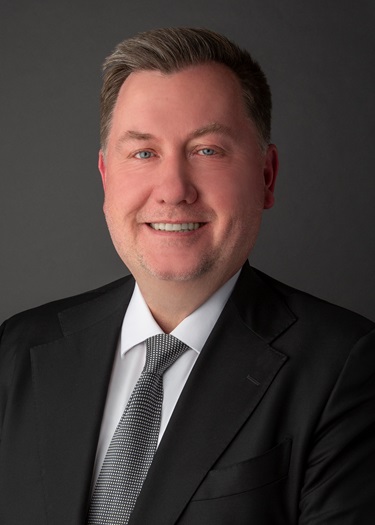EPA’s “once-in-always-in” policy was based on a 1995 guidance memorandum, “Potential to Emit (PTE) for MACT Standards – Guidance on Timing Issues.” J. Seitz (May 16, 1995). That guidance had interpreted Section 112 to require major source MACT to apply to any existing source that remained a major source of HAPs on the first compliance date under the applicable standard. After the first compliance date, such sources could not accept PTE limits and become an area source. Thus, the once-in-always-in policy permanently locked sources into MACT based on an historical snapshot of emissions, regardless of whether emissions at a facility subsequently declined far below major source thresholds.
The new guidance interprets Section 112 of the Act to allow sources to take an enforceable emission limit on PTE below major source levels at any time to avoid major source MACT. Once that enforceable emission limit is in place, the facility would become an area source. Area sources typically are subject to less stringent standards or are not regulated under Section 112.
The Jan. 25 guidance rests on a dual foundation. As a matter of law, EPA argues that its former once-in-always-in policy contravenes the plain language of the Act. Under the agency’s current view, the statutory definition of “major source” requires actual or potential HAP emissions above the 10/25 tpy thresholds without any temporal limitation. The new guidance also relies on policy reasons to justify the shift, including concerns that once-in-always-in discourages voluntary reductions and technological innovation.
The new guidance indicates that EPA intends to begin a rulemaking to codify its new interpretation.
EPA’s abrogation of the once-in-always-in policy raises several questions.
- How long will it take to complete a rulemaking on this issue? The timing of the rulemaking depends on several factors, including the agency’s competing priorities, resources and staffing. However, it is reasonable to estimate that EPA may take 12 to 18 months to complete the rulemaking process. Significantly, EPA was unable to complete a similar rulemaking in 2007 to abrogate the once-in-always-in policy. Back then, EPA had more staff and resources, raising questions about whether it is realistic to expect EPA to cross the rulemaking goal line now. That concern may have motivated EPA to issue the guidance as a way of setting down a policy marker that would make it more difficult for another administration to return to the once-in-always-in policy.
- Will this be litigated? Yes, litigation is likely. The Supreme Court’s decision in Perez v. Mortgage Bankers generally allows agencies to reverse prior statutory interpretations without going through a rulemaking process, as the new guidance did. However, EPA may need to revise the text of certain MACT regulations to untether applicability from major source status at the time of the first compliance deadline. That would require a rulemaking process where certain states and nongovernmental organizations would likely file adverse comments on the abrogation of once-in-always-in so as to preserve the ability to challenge that decision in the D.C. Circuit. Challengers may attempt to seek judicial review of the new guidance immediately. The government would likely oppose immediate judicial review based on a lack of finality, ripeness and standing.
- When can a source seek a PTE limit to take advantage of this guidance? At a minimum, companies should begin the analysis of whether, and to what extent, the new guidance might be used to provide regulatory relief at emissions units subject to major source MACT standards. At complex facilities, there may be multiple MACT standards within the fenceline, and each MACT standard may have differing approaches to major sources, “natural” area sources and “synthetic minor” area sources. It is also worth considering whether other applicable requirements might constrain or facilitate a relaxation of a major MACT standard. Ultimately, your state or local permitting agency will need to process the permit revisions. So, it may be prudent to contact your state/local agency to ascertain their position on this issue and obtain information on the estimated timeline for processing permit revision applications.
- What does this mean for new source review (NSR) applicability? In NSR enforcement, EPA has generally mirrored the once-in-always-in approach for MACT standards, arguing that once an emissions unit triggers major source NSR, it must obtain an NSR permit and install state-of-the-art emissions controls (i.e., best available control technology or lowest achievable emission rate). In contrast, defendants have argued that the remedy for an NSR violation may include an after-the-fact synthetic minor, meaning an enforceable emission limit that caps emissions below major source levels. While not technically applicable to NSR, the logic of today’s guidance would tend to support an after-the-fact synthetic minor as a remedy for units that have triggered NSR.
- What role do the states have in implementing this guidance? Sources may have the opportunity to work with states that support the changed policy to revise operating permits to conform to EPA’s new approach. At the same time, Section 116 of the Act generally allows states to implement more stringent air regulations than EPA with some important exceptions. Some states might opt to maintain the original once-in-always-in position as part of their state regulatory schemes.
- What effect does this policy change have on my Title V permit? If your source is major under Title V for other reasons, then you will still require a Title V permit. That permit and any relevant Title I construction permits may need to be revised if you choose to take advantage of the new guidance. The issue is more complicated if major source MACT is the only reason your source possesses a Title V permit. In that case, you must determine whether your source is in a source category that requires area sources to obtain Title V permits. In any case, your permits likely need to be updated in order to take advantage of the new guidance.
1 The Act defines “major sources” for purposes of Section 112 as sources that had actual emissions, or the “potential to emit” (PTE), of 10 tons per year (tpy) of any single HAP or 25 tpy of any combination of HAPs.
Attorney Advertising—Sidley Austin LLP is a global law firm. Our addresses and contact information can be found at www.sidley.com/en/locations/offices.
Sidley provides this information as a service to clients and other friends for educational purposes only. It should not be construed or relied on as legal advice or to create a lawyer-client relationship. Readers should not act upon this information without seeking advice from professional advisers. Sidley and Sidley Austin refer to Sidley Austin LLP and affiliated partnerships as explained at www.sidley.com/disclaimer.
© Sidley Austin LLP



